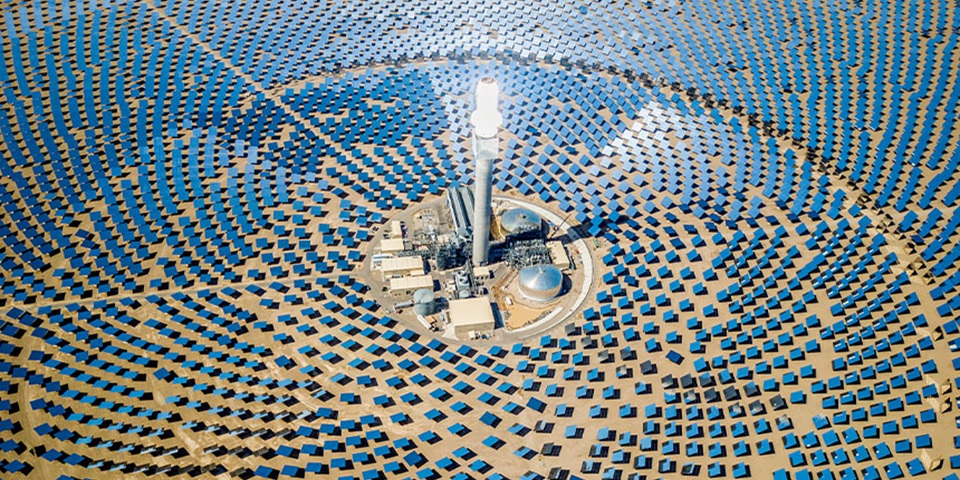Blog
Is the solar energy miracle finally here?

Using the sun’s rays to generate electricity is nothing new. Solar has long been an attractive solution to help power the world, but have recent advances in technology finally made it the energy miracle we desperately need?
Traditionally, the barriers to large-scale solar adoption were cost and efficiency. However, thanks to continuous technological improvements and economies of scale, solar has turned into one of the cheapest forms of renewable energy.
Senior Lecturer in Energy Studies and Renewable Energy Engineering at Murdoch University, Dr Jonathan Whale believes it is only a matter of time before the energy transition to solar is complete.
"Last year was the biggest year for the renewable energy industry since the Snowy Hydro scheme commenced in 1949," says Dr Whale.
"Record amounts of both rooftop solar and large-scale renewables were installed in 2017 and wind and solar energy have become extremely attractive investment options,
as they currently represent the lowest-cost of new energy generation that can be built."
Finding innovative solutions to problems
One major problem is that solar energy can only be generated when the sun is shining, and if you're unable to use or store your electricity as soon as it's generated, you lose it. In other words if you don’t put your self-generated electricity to work right away by either using an appliance or charging a battery, it goes to waste. Fortunately, batteries are getting cheaper and growing in capacity and this has helped in being able to harness more of this energy.
Recent technological advances have also made it possible to use solar as an energy source to create round-the-clock electricity and store it on a mass scale. Up to 250 metres tall, solar towers are surrounded by banks of billboard-sized mirrors, which reflect sunlight back to the solar panels installed at the top of the tower.
These panels transfer heat inside the tower, where a network of pipes carry liquid molten salts at temperatures of around 565 degrees Celsius. This molten salt turns water into steam, which rotates a turbine, generating electricity. Once the sun has gone down and the panels are no longer producing electricity, the molten steam is directed to a tank where it continues to heat water. This allows solar towers to generate electricity 24 hours a day, all courtesy of the sun.
The demand for skills in renewable energy
Solar power is going to continue to play an important role in our future. We'll need to rely on fresh ideas from a new generation of free thinkers who'll come up with innovative ideas to solutions we can’t even imagine. These solutions will have massive implications across the world, transforming energy generation and consumption as we know it.
According to Dr Whale, this energy transition will create a demand for graduates with the right skills: "The favourable economics has raised interest in organisations using renewable energy, creating a demand for graduates with skills in the areas of renewable energy, energy efficiency and climate change management."
With the right education and experience, you can learn the skills needed to solve global energy challenges through the progression of solar power and renewable energy.
Blog
Is the solar energy miracle finally here?
Series
Posted on
Tuesday 16 October 2018